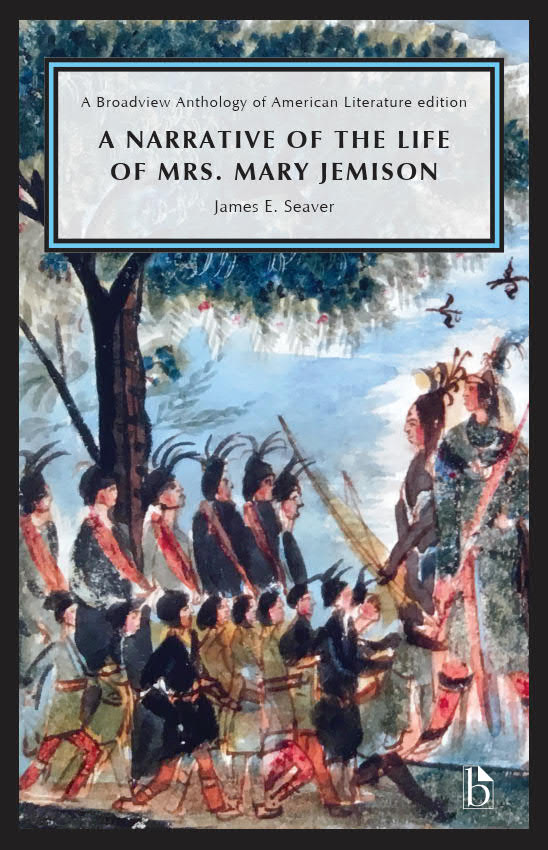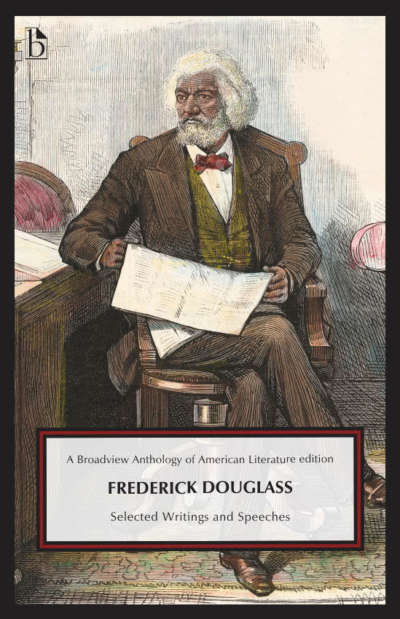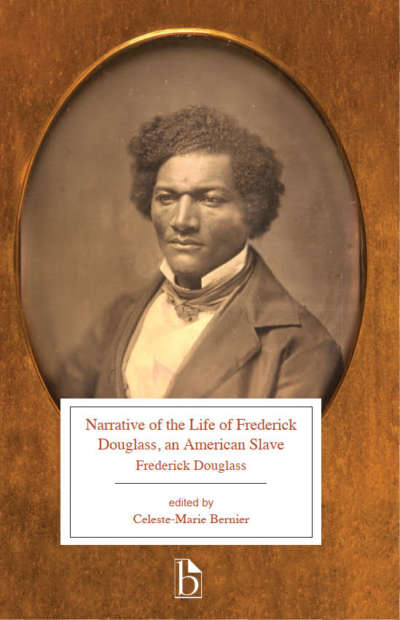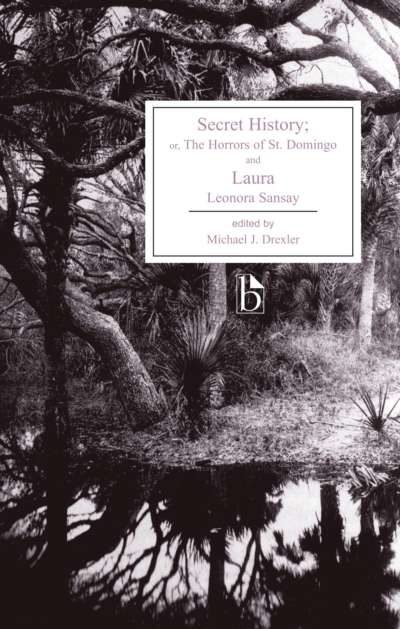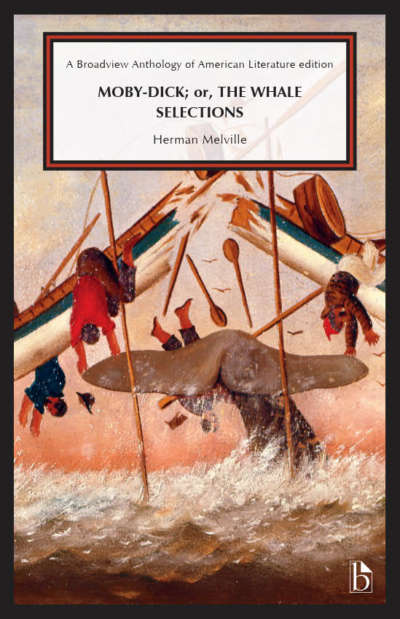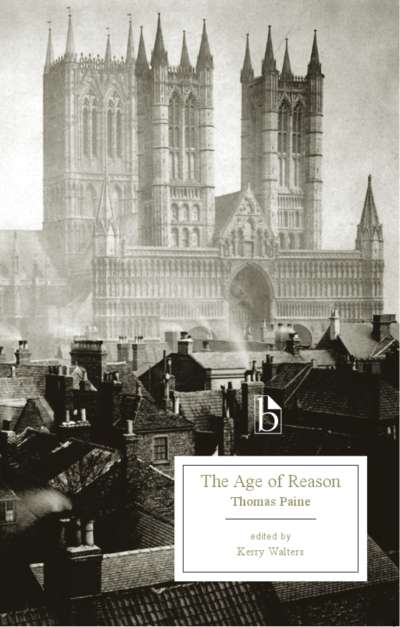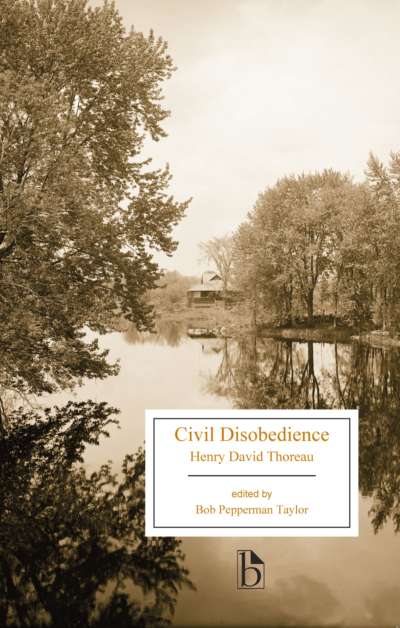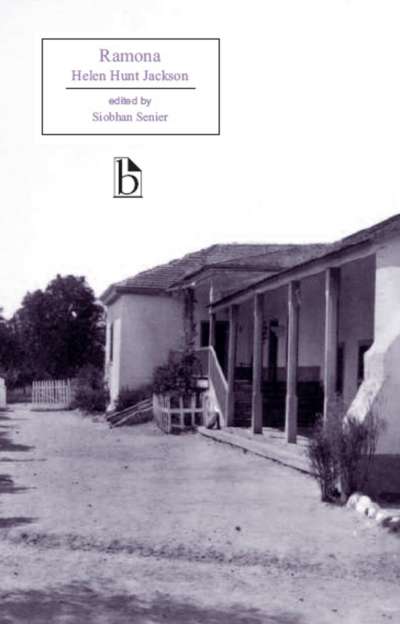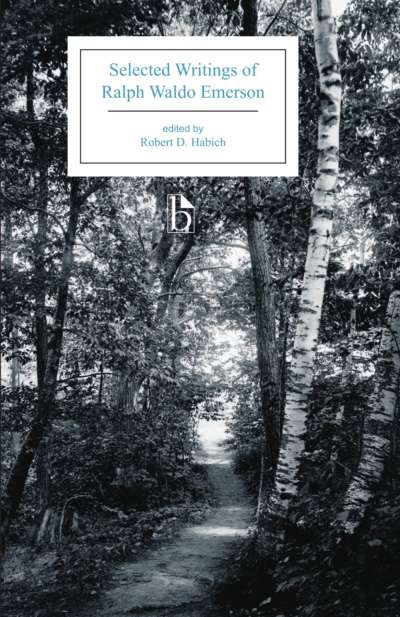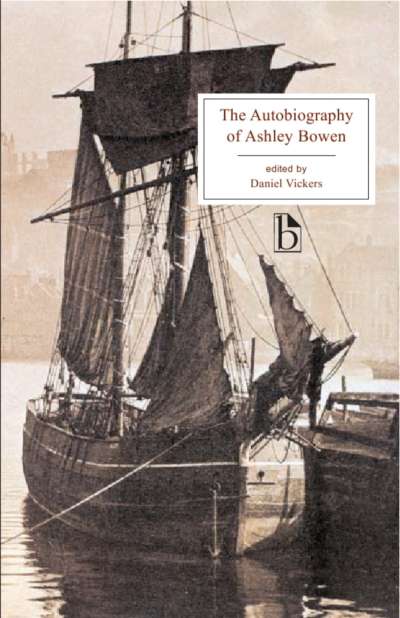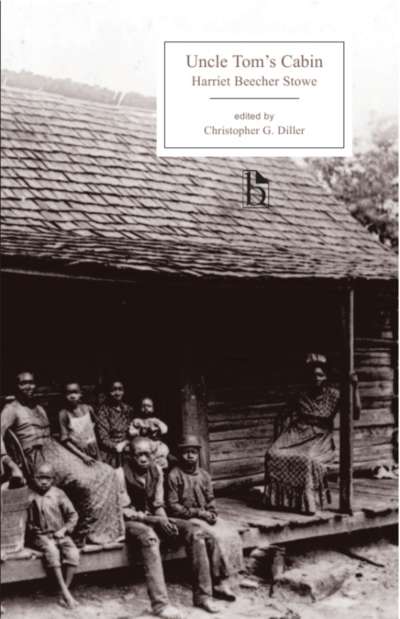
A Narrative of the Life of Mrs. Mary Jemison offers a remarkable perspective on eighteenth-century America. A white settler by birth, Mary Jemison was taken captive as a child in 1758 and adopted by two Seneca sisters. Refusing offers to return to settler society, she chose to spend the remainder of her life as a Seneca wife, mother, and respected community member. In 1823, the now-elderly Jemison shared her life story with white American writer James Seaver, who published it as a captivity narrative the following year. Conscious of the impacts of Seaver’s editorial hand, this edition foregrounds Jemison’s voice while also recentering Indigenous perspectives through an informative introduction and an illuminating selection of contextual materials.
Comments
“Like Mary Jemison’s Narrative itself, this much-needed edition resists a settler-focused analysis of Indigenous resistance and entangled colonial nation-states and epistemologies. Footnotes and editorial language peel back the layers of male settlers’ voices and editorial choices that attempt to package Jemison’s words and life and instead emphasize her identity as an adopted Seneca woman with deep ties to her chosen community. With contextual materials that connect the Narrative to histories of the Seneca’s displacement and continued ‘survivance,’ in the words of Gerald Vizenor, women’s captivity narratives, and sentimental fiction, this edition will allow educators to introduce this important text into discourses of both the long eighteenth century as a historical period and its impact on contemporary Anglo-American culture.” — Kate Ozment, Cal Poly Pomona
“This is a thoughtful edition of a captivity narrative which expands the scope of the form beyond the earlier Puritan accounts which are still predominately studied. A fascinating and widely read account of transculturation, this text offers rewarding teaching opportunities in women’s history, Indigenous, and settler-colonial studies. The editors provide important contextual materials to help navigate this complex and often ambiguous book. A valuable text to add to the literature of the contact zone.” — Robbie Richardson, Princeton University
“A Narrative of the Life of Mrs. Mary Jemison extends challenges in the classroom, as students must grapple with the mediated and intertextual nature of its seeming autobiographical framework—namely, James Seaver’s position as editor of Jemison’s life narrative. Willow White and Tiffany Potter offer an important and necessary entry-point within Haudenosaunee, and specifically Seneca, practices of kinship formation and adoption that seek to situate Jemison’s perspective—what they call her ‘doubled voice’—within ongoing nineteenth-century Indigenous survivance. In this, their edition importantly draws deeply from recent scholarly emphases in Native American and Indigenous Studies on extricating community- and nation-centered Indigenous critiques of settler expansion, dispossession and removal, and forced assimilation. In particular, the ‘In Context’ section of the edition beautifully foregrounds late-eighteenth- and early-nineteenth-century Seneca perceptions on colonial history as counters to Seaver’s racialized rhetoric of Indigenous vanishing. I look forward to using this edition in my own teaching.” — Shelby Johnson, Oklahoma State University
“Thirty years after June Namias’s recovery of this important text, the Broadview edition reinforces the continued relevancy of the Jemison narrative to early U.S. literature, Native American literature, and women’s literature. Its timely republication builds on Jemison’s significance to contemporary considerations of intersectional identities, citizenship, and as-told-to narratives, and it builds from the earlier edition by providing new contextual documents such as crucial Seneca treaties, Seneca voices, comparative captivity narratives, and a discussion of interracial and Indigenous kinship. Most importantly, it demonstrates how recovery work can remain relevant and make a deep, lasting impact on the study of American literature.” — Amy Gore, North Dakota State University

